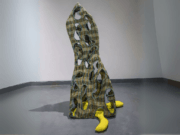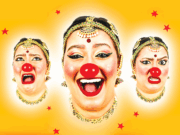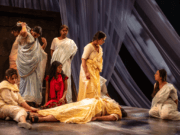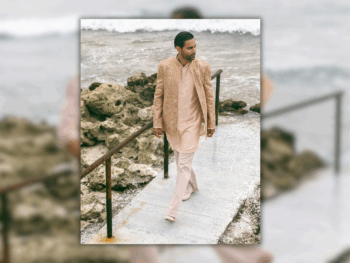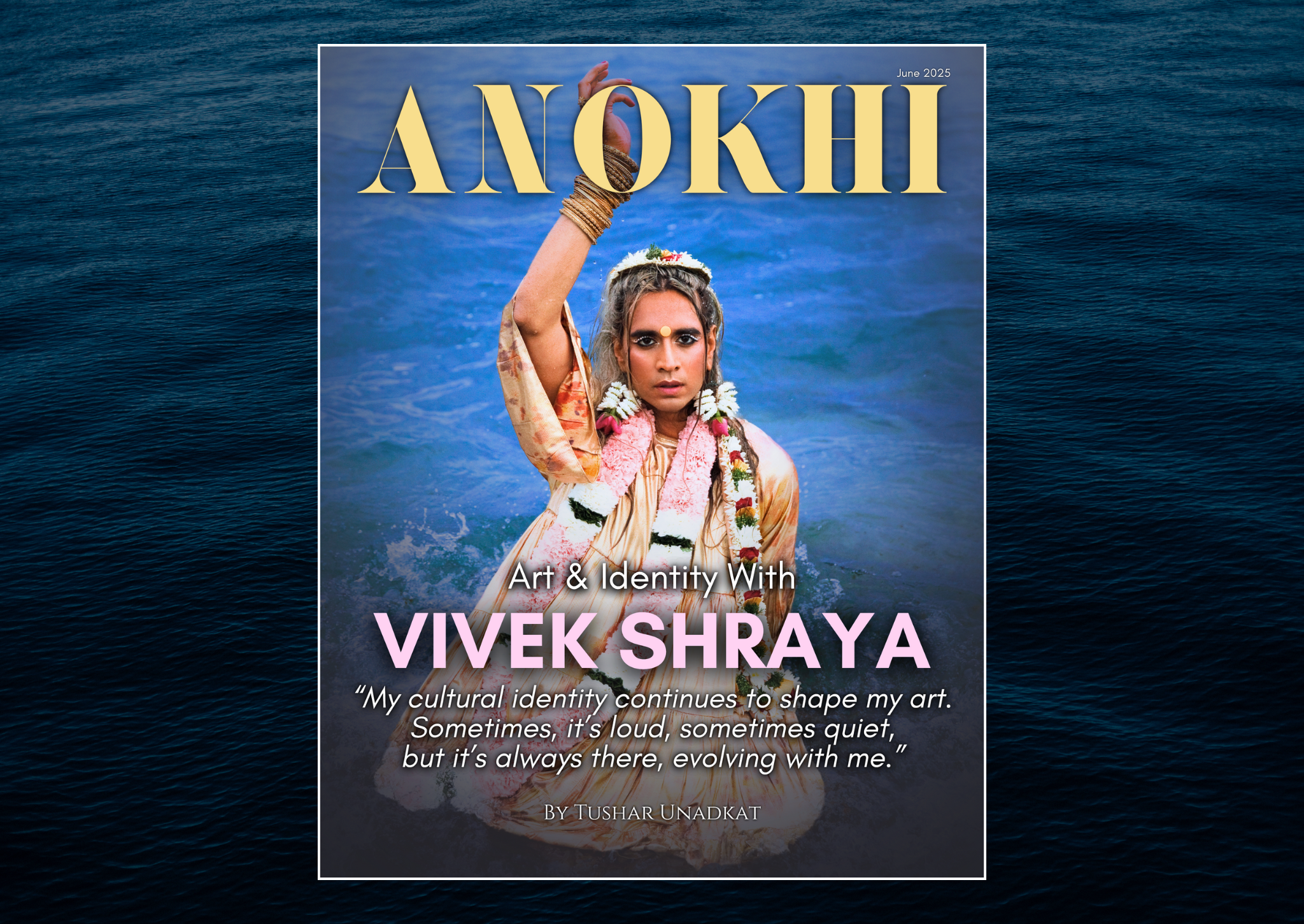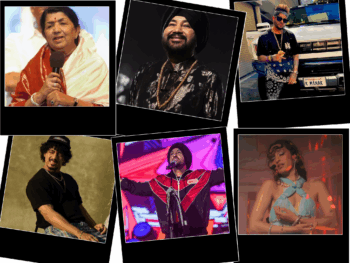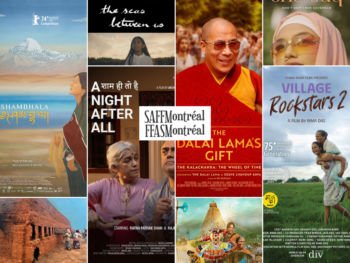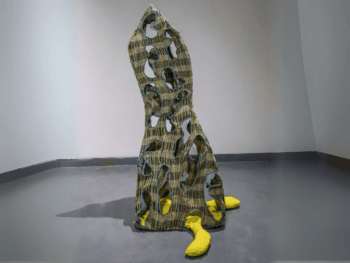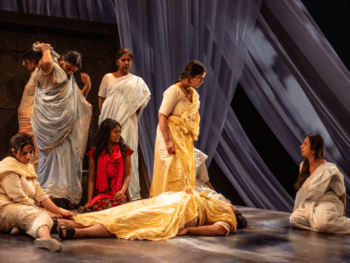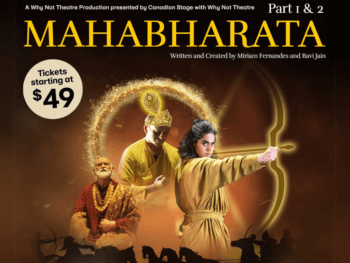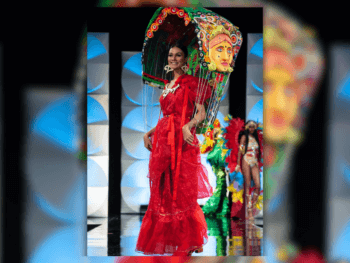
So you can do the downward dog. Well, good for you. But can you give us the definite answer of where yoga came from? We delve into the history of this revered regiment.
We all know yoga. Or some form of it. However what hasn't really been discussed as of late is where this practice actually came from. So we decided to give ourselves a much needed refresher course on the origins of yoga. So where did it begin?
I don’t know the exact answer.
No one does, but read on, and fill your brain with clues and snippets of known history and origins of the ancient practice of forcing your body to hold extremely painful positions — yoga.
The thing is, yoga may be older than written language, so it’s a bit tricky (or impossible) to know just how old it is. Some researchers think that yoga could be as old as 10,000 years.
The earliest writings of yoga were jotted down on palm leaves, easily damaged or lost. But the teachings were also passed down orally. So some information got lost down yoga’s long journey into your heated studio. Upward facing dog might have had 10 variations that would have you screaming.
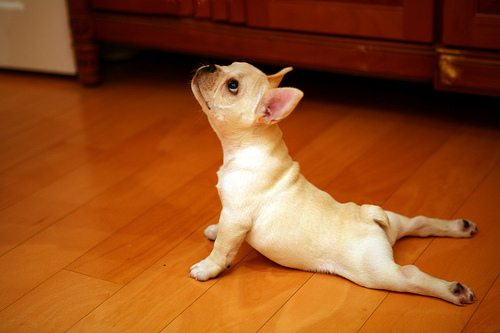
Photo Credit: http://breezewayyoga.com/
So, with all that in mind, let’s get down to what we DO know.
The Indus-Sarasvati civilization has record of the earliest beginnings of yoga, dating back to 5,000 years ago in Northern India. During this time, the Brahmans (a.k.a. the Vedic priests) had a collection of sacred texts called the Vedas, which contained mantras, songs and rituals, along with the earliest versions of yoga.
Yoga was considered a holy practice.
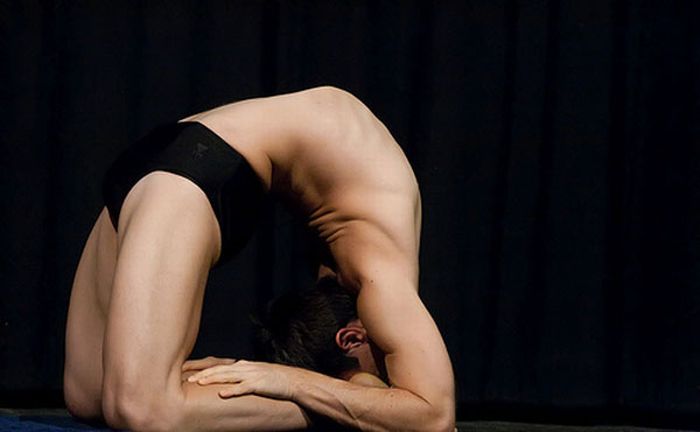
Photo Credit: http://2.bp.blogspot.com/
The Brahmans and Rishis (a.k.a. mystic seers) tweaked and fiddled with the yoga concepts and logged their works into the Upanishads, which was a hefty collection comprised of over 200 scriptures.
These texts took the concept of ritual sacrifice from the Vedas and applied it to what we refer to today as the ego. They taught sacrifice of the ego through knowledge of self, action (karma yoga) and wisdom (jnana yoga).
But still, even with the wisest of holy men chipping away at the teachings, at this point yoga was still a hodgepodge of ideas and practices with no focal point.
Enter the Patanjali. His Yoga-Sûtras gave yoga the focal point it needed.
Patanjali was a man who, sometime in the second century, complied what’s known today as Raja (often called classical yoga). He took the teachings of yoga and devised an "eight-limbed path," which described a paint-by-numbers method of using yoga to attain Samadhi, or what some like to call enlightenment.
These teachings had legs, as they still influence many styles of modern yoga.
Centuries later, yoga masters took the tweaking further when they modified yoga with a focus on bodily rejuvenation and life extension.
They tossed out the philosophical riffraff of the old Veda teachings and rebranded yoga as a means to achieve enlightenment through physicality.
Thus Tantra Yoga was born. It contained techniques designed to disentangle the tensions of the body, and, as a result, cleanse it and the mind.
A similar school of thought gave birth to another style of yoga — one that western society has come to recognize yoga to be, and that is Hatha Yoga.
Fast forward a few centuries, to the late 1800s-early 1900s, a time when the world slowly began to get a little more interconnected. Yoga masters (like many post-college, what-does-it-all-mean? types do) began to go on backpacking trips abroad.
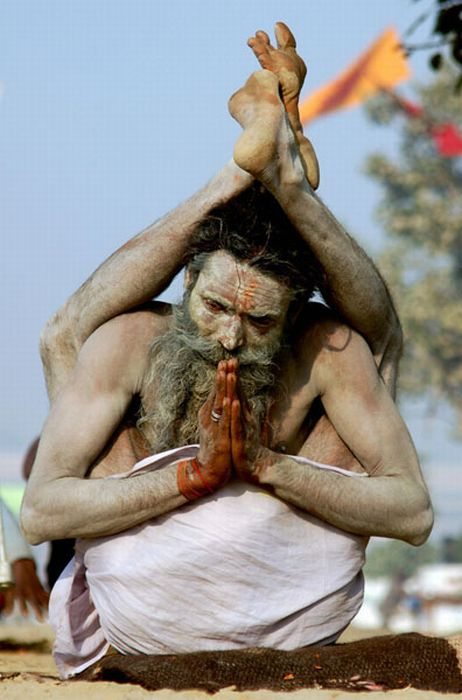
Photo Credit: http://cdn.acidcow.com/
Their journeys brought them to the West, where they attracted something of a fan club with hardcore devotees. This kicked off at the 1893 Parliament of Religions in Chicago, when Swami Vivekananda dropped jaws to the floor with his lectures on yoga and the universal concepts found in the religions of the world.
In 1924, T. Krishnamacharya, a Hatha Yoga devotee and yogi, opened the first Hatha Yoga school in Mysore in 1924. Swami Sivananda, another yogi, founded the Divine Life Society in 1936.
One of Krishnamacharya’s students, Sivananda, strongly pushed yoga into the forefront of societal consciousness when he wrote over 200 books on yoga, established nine ashrams and numerous yoga centers around the world.
And finally, the birthplace of yoga in America: Hollywood. Indra Devi opened her yoga studio there in 1947. There you have it. The reason why you hold your body in excruciating positions for the sake of health and mind. Thank you thousand-year-old gurus for planting the seed.
Main Image Photo Credit: http://hotyogasc.ca
Taras Babiak
Author
Taras is a freelance blogger, video editor and screenwriter. He is the co-writer of "Made In Bali," which recently won Best Short Film of the year from the Director's Guild of Canada.


























